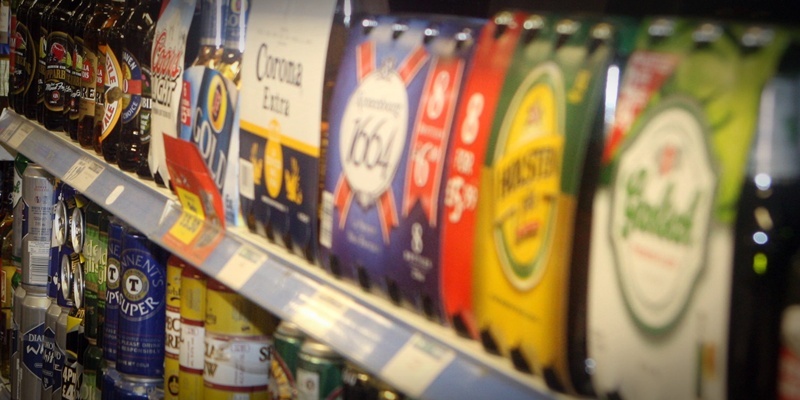Scots will be hit with the highest alcohol bills in the UK under pricing plans unveiled by the Scottish Government.
Health Secretary Nicola Sturgeon confirmed she wants to set a minimum price of 50p per unit of alcohol.
The measure, which is expected to save 500 lives a year, will mean the price of a standard bottle of wine at 12.5% volume must cost at least £4.69.
A 70cl bottle of whisky at 40% will cost no less than £14, while a similar-sized bottle of vodka at 37.5% will be no less than £13.13. A bottle of strong cider at 5.3% will cost no less than £4.67.
The move was welcomed by doctors, alcohol charities and the police, but condemned by some critics as a ”regressive” measure that will unfairly target the poor while leaving middle-class drinkers unaffected.
Making the announcement during a visit to Glasgow Royal Infirmary, Ms Sturgeon insisted price was one of the best ways to target Scotland’s destructive relationship with alcohol.
”Too many Scots are drinking themselves to death,” she said. ”The problem affects people of all walks of life.
”It’s no coincidence that as affordability has increased, alcohol-related hospital admissions have quadrupled, and it is shocking that half of our prisoners now say they were drunk when they committed the offence. It’s time for this to stop.”’Proud’ of moveThe Alcohol Minimum Pricing Bill is making its second passage through the Scottish Parliament after defeat in 2010.
Labour is the only party not to have supported the revised legislation when it was debated at the first stage in March.
This month MSPs agreed to a ”sunset clause”, meaning the law could be scrapped in six years if the policy does not work.
But there are fears the legislation could fall foul of European law, delaying its introduction.
MSPs have previously banned discount deals such as two-for-one on bottles of wine, restricted ”irresponsible” drinks promotions and advertising around premises and set a requirement for age verification.
The proposed minimum price first time round was 45p per unit and Ms Sturgeon said the new price was broadly in line with inflation.
Dr Brian Keighley, chairman of the British Medical Association in Scotland, said: ”A minimum price, as part of a wider strategy, could end Scotland’s heavy-drinking culture and I am proud that Scotland’s politicians are once again leading the world on public health policy.”Charge ‘ineffective’Dr Evelyn Gillan, chief executive of Alcohol Focus Scotland, said the Scottish Government should be ”commended” for introducing the measure.
But drink bodies claimed the levy would penalise responsible drinkers and do nothing to tackle the causes of alcohol abuse.
Wine and Spirit Trade Association interim chief executive Gavin Partington said: ”A minimum unit price of 50p will punish the majority of responsible consumers with higher prices, hitting the poorest hardest and will do nothing to tackle the root causes of alcohol misuse.”
Gavin Hewitt, chief executive of the Scotch Whisky Association, claimed the charge would be ”ineffective in tackling alcohol misuse” and also said it had ”consistently been ruled to be illegal in Europe”.
He said: ”It will damage the industry. The Scottish Government’s own research shows that minimum pricing will not reduce the number of hazardous drinkers.”
Sam Bowman, head of research at economic think-tank the Adam Smith Institute, branded the change ”a miserable, Victorian-era measure that explicitly targets the poor and the frugal, leaving the more expensive drinks of the middle classes untouched”.
